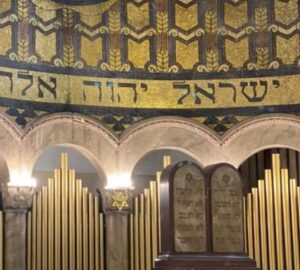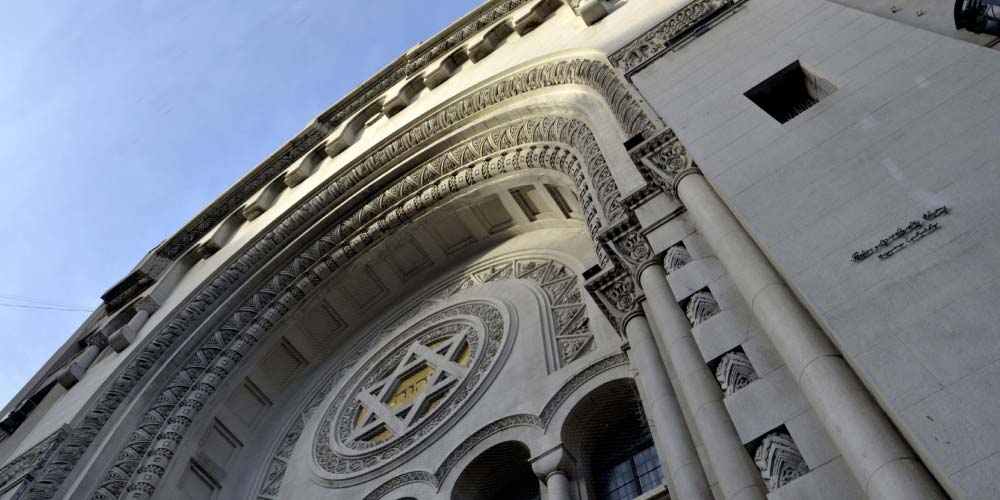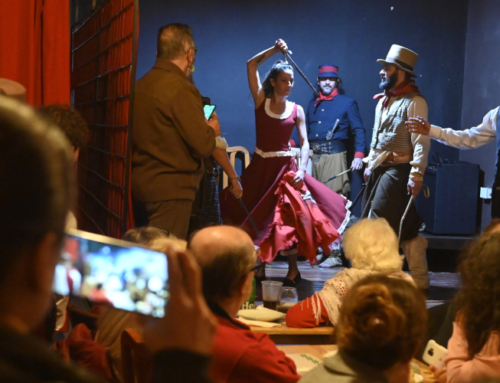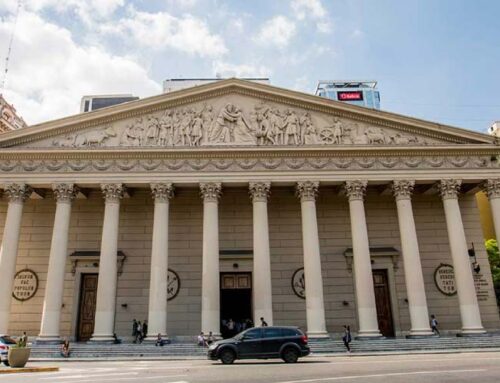The Libertad Temple is the first synagogue built in the City of Buenos Aires. In 2000, it was declared a National Historic Monument. Here’s the full history:
A bit of history
In the mid-19th century, the Jewish community in Argentina began to form due to the large waves of migration the country experienced. During the government of Sarmiento, in 1871, the Jewish Rabbinate was authorized in the country, and 20 years later, Argentina’s first Jewish school was established. During this time, the community gathered in family homes to celebrate religious services since they lacked a temple to do so. It wasn’t until 1897 that the foundation stone of the Libertad Temple was laid, in the same location where it stands today, facing Plaza Lavalle.
Thanks to the increase in followers, the community made renovations to the temple, and in 1932, it was expanded to accommodate more people. Currently, its capacity is 700 people.
Architectural style
The Libertad Temple has an eclectic architectural style as it features a combination of characteristics. It has a strong neoromantic influence from the early 20th century as well as Byzantine features, similar to German synagogues from the 19th century.
On the front, you can see semicircular arches, and in the center is the Star of David.
 One of the treasures of the synagogue is its symphonic organ. It was specially manufactured for this temple by the German company Walcker, in 1931 in Ludwigburg. The organ was restored in 2017, where some pipes were replaced, brought from Germany. Concerts are frequently held there.
One of the treasures of the synagogue is its symphonic organ. It was specially manufactured for this temple by the German company Walcker, in 1931 in Ludwigburg. The organ was restored in 2017, where some pipes were replaced, brought from Germany. Concerts are frequently held there.
Jewish Museum
The Jewish Museum of Buenos Aires was inaugurated in 1967. It is a space where national and international works by prominent artists are gathered. It is located next to the Libertad Temple. It is very interesting to visit because it includes the narrative of the migratory history of the Jewish community in Argentina. For more information about the museum, you can visit here.
The Libertad Temple is one of our stops on the Free Tour Recoleta. Join us and discover this and more important sites in the city of Buenos Aires.






Leave A Comment